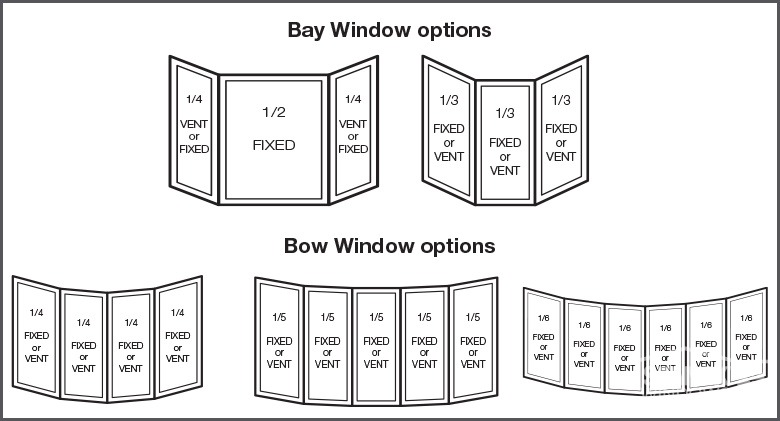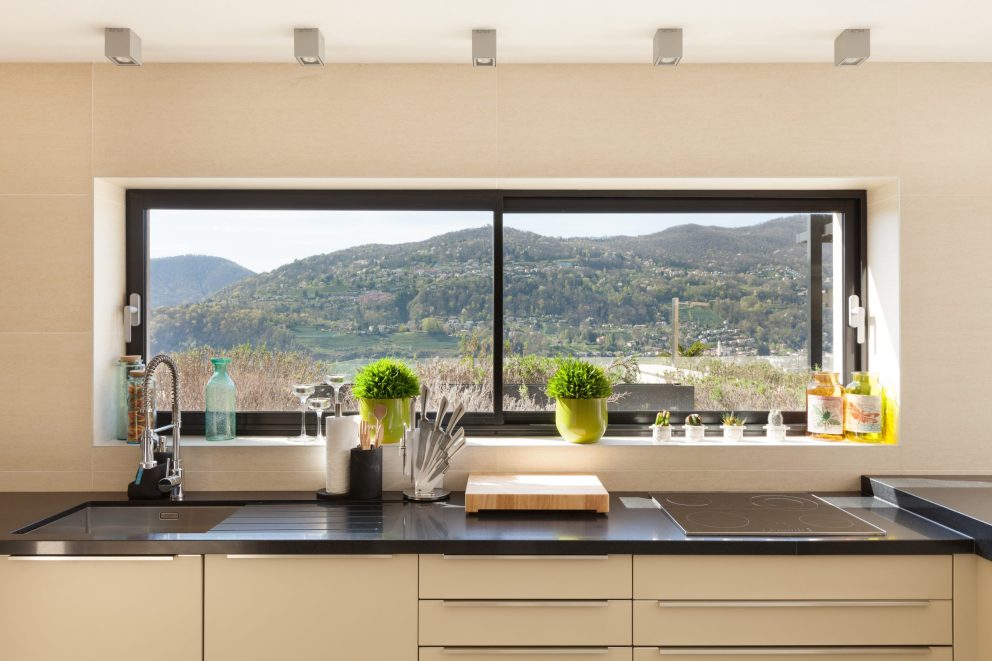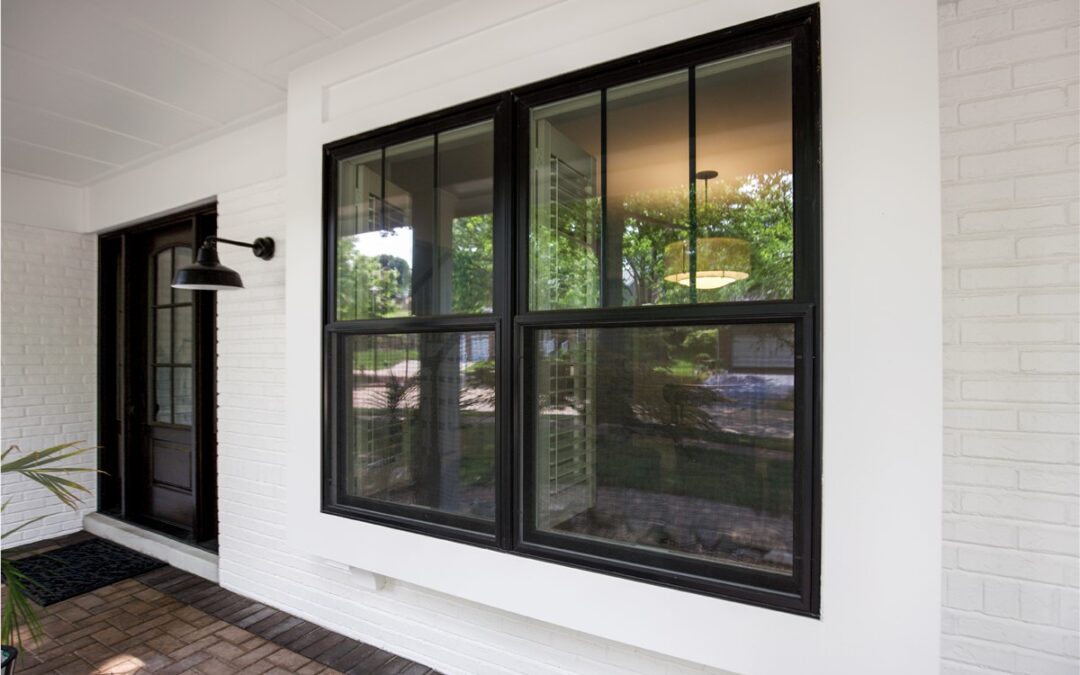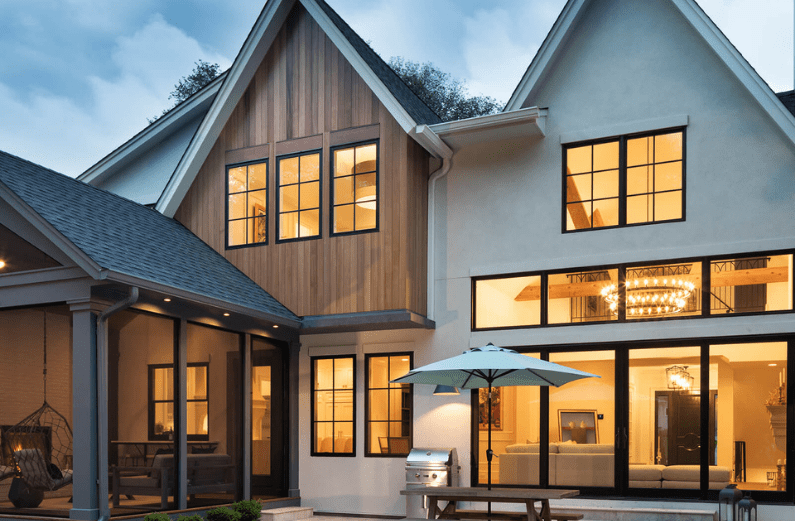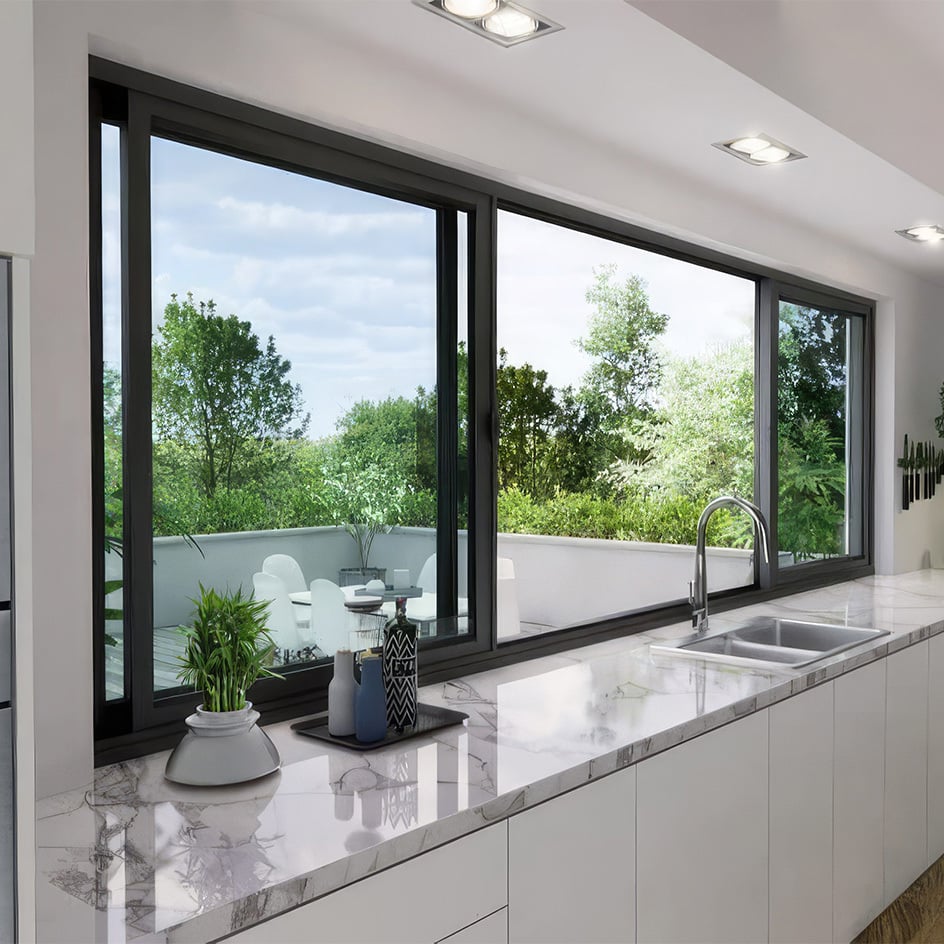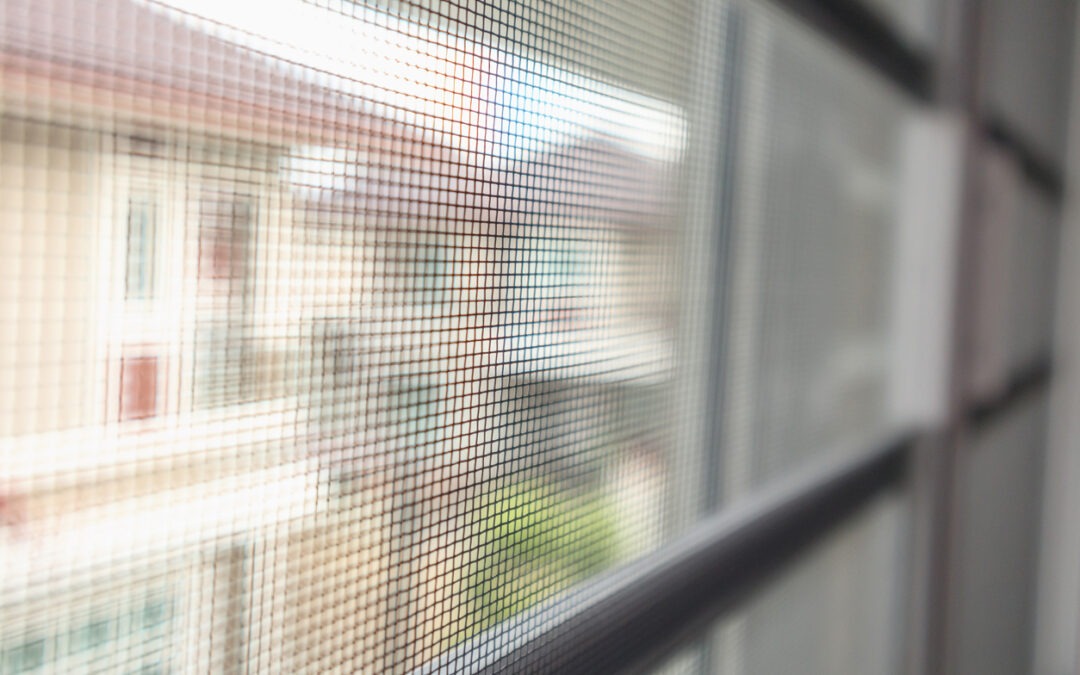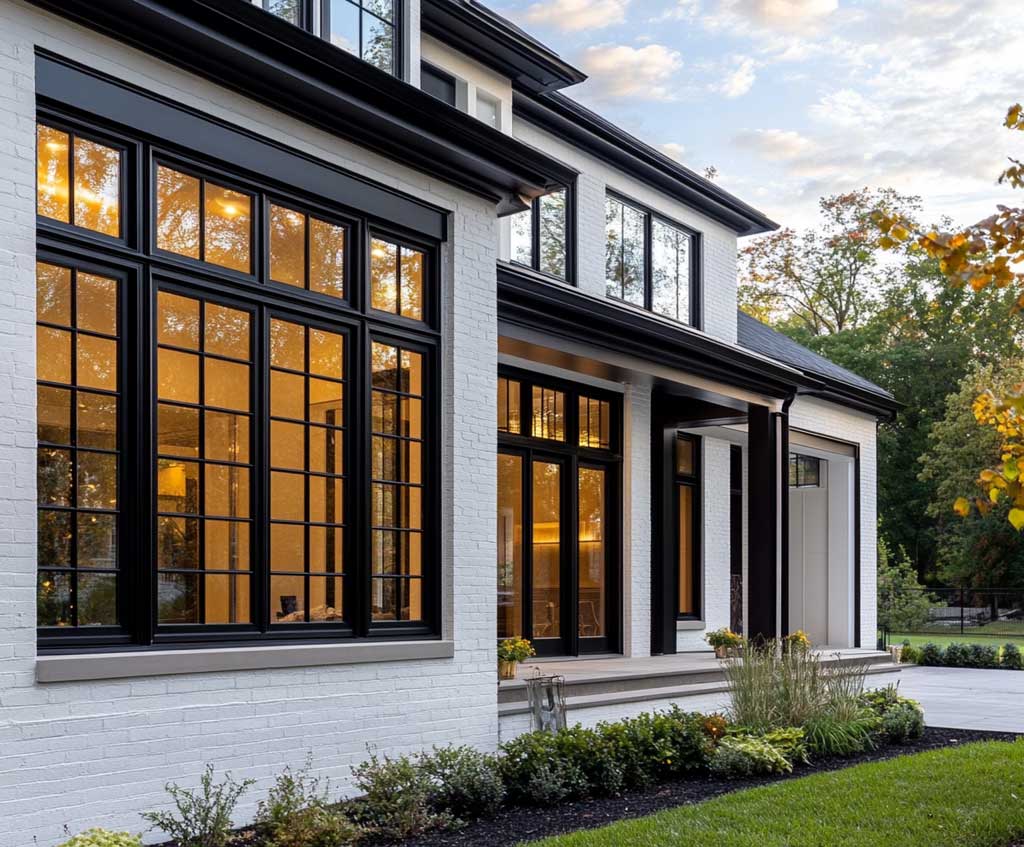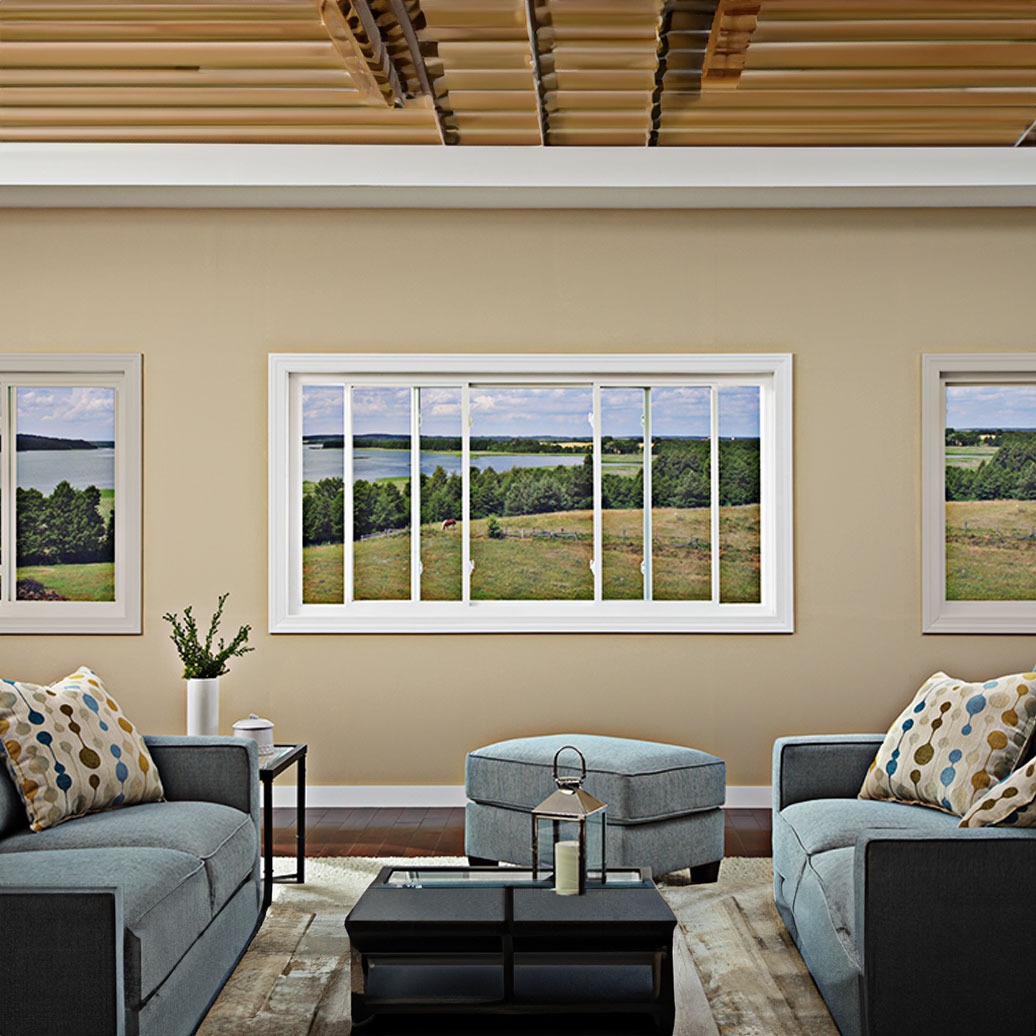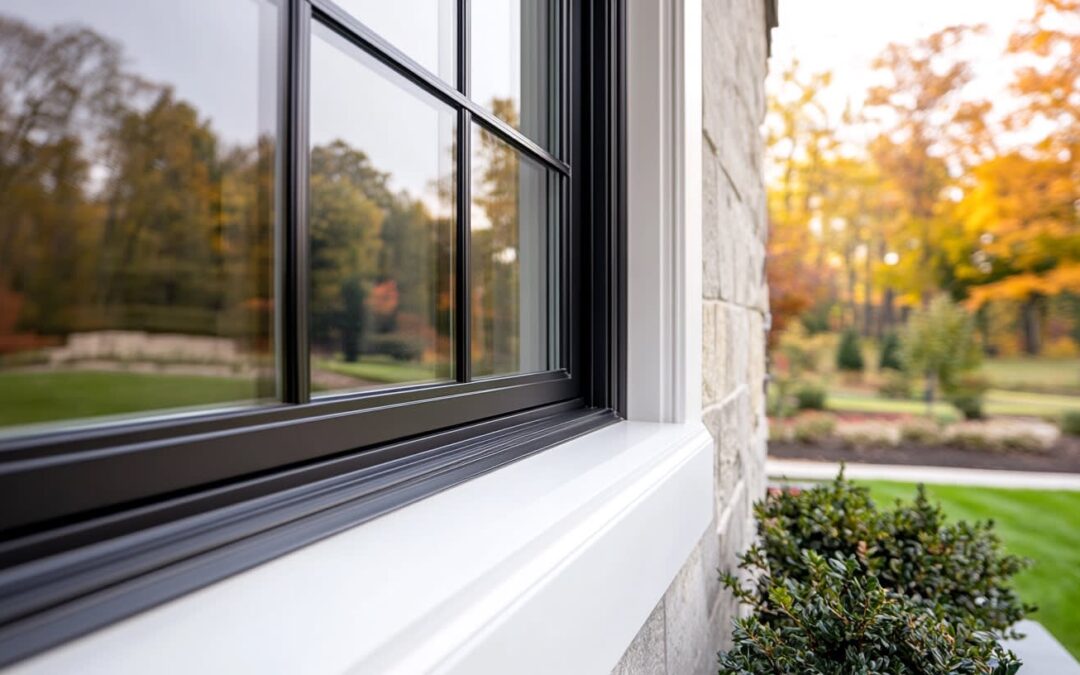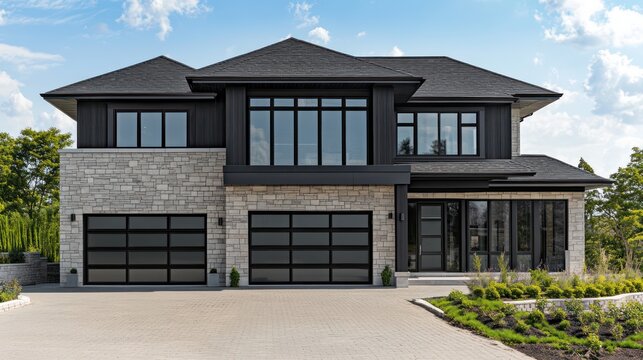Bay window vs bow window. When it comes to enhancing the curb appeal and functionality of your home, choosing the right type of window can make a significant difference. If you’re considering window replacement, two popular options you may encounter are bay windows and bow windows. While both offer expansive views, added light, and an elegant aesthetic, they have distinct features that make them unique. Understanding the differences between these two window styles will help you decide which one best suits your needs and complements your home’s design.
What Is a Bay Window?
A bay window is a window structure that projects outward from the wall of your home. It typically consists of three panels—one large central panel flanked by two smaller panels on either side. The panels are arranged at an angle, often between 30 and 45 degrees, creating a “bay” effect. Bay windows are most commonly found in living rooms, dining rooms, or kitchens and can be an excellent way to add both space and natural light to a room.
The central panel of a bay window is usually fixed, while the side panels may be operable, allowing for ventilation and airflow. Bay windows often feature a built-in seat or small shelf beneath the window, providing a cozy spot for relaxation or additional storage.
What Is a Bow Window?
A bow window is also a projecting window structure, but unlike the angular design of a bay window, a bow window typically consists of four or more panels that are all the same size and curve outward. The panels are usually installed in a smooth, gentle curve rather than angled, giving the window a more rounded appearance.
Bow windows offer a wider, more expansive view than bay windows due to the larger number of panels. They create a softer, more fluid look, and often have a more traditional or classic appeal. Like bay windows, bow windows can also be used in living rooms, dining rooms, or bedrooms, and they can be designed with operable windows for ventilation.
Key Differences Between Bay vs Bow Windows
- Design and Structure:
The main difference between a bay window vs bow window lies in their design. A bay window consists of three panels with sharp angles, while a bow window is made up of four or more panels arranged in a gentle curve. The bay window provides a more angular and bold appearance, while the bow window has a softer, more graceful look. - Number of Panels:
Bay windows have three panels—one central and two side panels—while bow windows typically feature four or more panels. The larger number of panels in a bow window contributes to its broader view and more expansive feel. - Space and Functionality:
Because of its angular design, a bay window can create a more pronounced space within the room, which is ideal for creating a cozy nook or a functional seating area. Bow windows, on the other hand, tend to offer a wider viewing angle and provide a more open and airy feel. The choice between a bay and bow window can depend on whether you prefer a space with defined angles or one with a more open flow. - Aesthetic Appeal:
Both window styles can enhance the curb appeal of your home, but the look they provide can vary greatly. Bay windows tend to give homes a more modern or contemporary look due to their sharp angles, whereas bow windows can lend a more classic, elegant feel with their smooth, rounded shape. Choosing between these two will largely depend on your home’s architectural style and the aesthetic you wish to achieve. - Cost:
Because of the additional panels and complexity of installation, bow windows are typically more expensive than bay windows. If budget is a primary concern, a bay window may be a more affordable choice. However, both window types will undoubtedly increase the value of your home.
How to Decide Between a Bay Window vs Bow Window
When it comes time for your window replacement, deciding between a bay window and a bow window comes down to several key factors:
- Space Requirements:
If you’re looking for a larger, more spacious view with maximum light, a bow window may be the best option. Its wider, curved design allows for a panoramic view and can make even a small room feel more expansive. If you prefer a more defined, angular shape or want a cozy nook or seating area, a bay window is a better choice. - Aesthetic Preference:
Consider the style of your home when choosing between a bay window vs bow window. Bay windows offer a more contemporary, angular appearance, while bow windows have a softer, more traditional feel. Your decision should complement the existing architectural style of your home and the overall look you want to achieve. - Functionality:
Both types of windows allow for added light and better ventilation, but if you need more operable windows for airflow, keep in mind that the design of the bay window often includes more functional, operable side panels. - Budget:
As mentioned earlier, bow windows are typically more expensive due to their complexity. If you’re working within a budget, a bay window can provide similar benefits without breaking the bank.
Final Thoughts
Both bay windows and bow windows are beautiful additions to any home, providing more light, improved views, and enhanced curb appeal. By considering factors such as design, space, cost, and aesthetics, you can decide which style is the perfect fit for your home. Whether you choose a bay window or a bow window, your investment in a window replacement will add value and beauty to your property for years to come. For professional guidance and expert installation, contact Imperium Exteriors to find the perfect window solution for your home.
Imperium Exteriors offers multiple top-of-the-line window brands, including Kolby, Marvin, Andersen, and Provia. Each brand has been carefully selected by window experts and tested individually to ensure quality and style. All windows have Energy Star ratings, independently tested and approved by the US Department of Energy. You can be sure your home will remain comfortable while you save on your energy bills.
Elevate Your Kitchen with the Perfect Kitchen Windows: A Complete Guide for Austin’s Audacious Homeowners
The kitchen is often called the heart of the home—and for good reason. It’s the space where meals are prepared, family gathers, and friends are entertained. While cabinets, countertops, and appliances are key elements of any kitchen, one feature often overlooked—but incredibly impactful—is the kitchen window. The right window can…
7 Incredible Reasons Kolbe Windows Are a Genius Choice for Austin Homes (2025 Expert Guide)
Elevating Your Austin Home\'s View – The Kolbe Difference🏡✨ Howdy, Austin homeowners! Let’s discuss Kolbe Windows. We all know Central Texas weather is no joke—scorching summers, surprise hailstorms, and year-round humidity put your windows to the test. That’s why choosing the right replacement windows is about more than glass—it’s about…
Replacement Window Double Pane Glass: A Brilliant Upgrade That Boosts Comfort & Increases Your Property Value (2025 Edition)
Losing Money on High Energy Bills? 🧸🔋 Howdy, Austin homeowners! In a city where temperatures can swing from scorching summer days to crisp winter nights, the battle for home comfort is a constant one. While your AC and heater work hard, your windows are often the silent culprits behind drafts,…
Reimagine Your View: 7 Genius Window Styles for Effortless, High-Function Living in Austin
More Than Just Glass: Choosing the Right Window Type for Your Austin Home 🏠🪟 Windows are crucial architectural elements that define your home\'s aesthetic, flood your spaces with natural light, and provide essential ventilation. However, in Austin\'s unique climate – with its scorching summers, intense UV radiation, sudden downpours, and…
Sliding Windows: Why Smooth Style, Effortless Airflow Make Sliding Windows Perfect for Austin Homes in 202
The Practical Elegance and Strategic Advantage of Sliding Windows ↔️🪟 Let\'s talk about slide windows! In the vibrant and rapidly evolving Austin metropolitan area, homeowners demand more from their windows than just basic light admission. They require sophisticated solutions that can resiliently stand up to our intense, prolonged summer sun;…
Replacing a Window Screen Made Easy: 6 Savvy Tricks for Durable, Stress-Free Results
The Temptation of a Quick Fix🔨🩹🧰 For many Austin homeowners, a torn, loose, or sagging window screen seems like a simple problem with a simple solution. The internet is filled with tutorials on replacing a window screen—a project that, on the surface, promises a quick, low-cost fix you can knock out…
Window Grids: 11 Majorly Essential Points Every Austin Homeowner Should Know in 2025
What Exactly Is a Window Grid?🪟🤷 Your home\'s exterior is the first impression it makes, and in Austin\'s dynamic real estate market, curb appeal is king. While many homeowners focus on landscaping or paint color, one of the most impactful—and often overlooked—design elements is the window grid. These simple lines…
Your Ultimate Guide to Horizontal Sliding Windows for Modern Homes, Effortless Living & Unmatched Energy Savings
Austin\'s Smart View🌇💡 Howdy, Austin and Georgetown homeowners! There’s an undeniable allure to Austin living – that quintessential magic where vibrant indoor spaces flow effortlessly into sun-drenched patios, lush backyards, and inviting outdoor living areas. Your home\'s windows are the crucial visual gateways connecting these worlds, allowing you to bask…
Window Trim Styles — Elevate Your Home’s Look with the Perfect Frame & Elite Lasting Protection
Austin\'s Architectural Accent🏡✨🛠️ Howdy, Austin and Georgetown homeowners! When you envision your home’s exterior, the windows often capture your immediate attention—serving as major focal points that invite light and frame views. But often, it\'s the meticulously crafted window trim that truly elevates those windows, making them pop with defined character…
Unlocking Unmatched Privacy and Style with Austin’s Top Privacy Glass Windows (2025 Guide)
Make Your Austin Home a Haven of Peace and Modern Style🧘🏡 In a city as vibrant and rapidly growing as Austin, your home should be a personal sanctuary—a place where you can escape the hustle and bustle and enjoy complete peace and quiet. For discerning homeowners in Austin, Georgetown, and…

